How to Do a Brand Audit: 8-Step Comprehensive Guide for Beginners


If your brand feels a little off, it’s time for a brand audit. This guide walks you through an 8-step process to uncover what’s not working, align your internal and external brand, and turn insight into action. Plus, you’ll get practical tools and a free checklist to make the whole thing easier.
According to a Marq study, 31% of companies admit their brand guidelines are followed only selectively. Which means their visual identity, voice, and overall perception are left to chance, and it shows.
Inconsistent branding doesn’t just look messy. It quietly erodes trust, dilutes messaging, and confuses customers. By following this approach, even strong brands lose their edge over time.
A brand audit is your chance to hit pause and ask: Is the story we’re telling still working?
At TodayMade, we’ve worked with enough teams struggling with these exact issues to know one thing — a solid brand audit changes everything. That’s why we couldn’t not share what we’ve learned.
In this guide, we’ll walk you through a clear, actionable process complete with practical steps, smart tools, and a downloadable brand audit template to help you get started. Now, let’s move to the details.
A brand audit is a structured review of how your brand performs, both inside your company and out in the world. It shows you what’s working, what’s off, and where your message gets lost.

A proper brand audit helps you:
→ See where your brand is inconsistent or unclear
→ Understand how your internal perception aligns with external realities
→ Spot outdated, off-brand, or confusing touchpoints
→ Make informed decisions for rebranding, repositioning, or optimization
More so, most teams run into trouble because they’re only looking at one part of their brand. You need to audit across functions: how the brand is understood internally, how it appears externally, and how customers actually experience it. And that’s what we’ll explore in detail later in this article.
Sometimes the need for a branding audit is obvious — a merger, a rebrand, or a major market shift. But more often, the signs are subtle. Things start to feel... off. Teams get misaligned. Marketing KPIs slow down. Feedback gets vague.
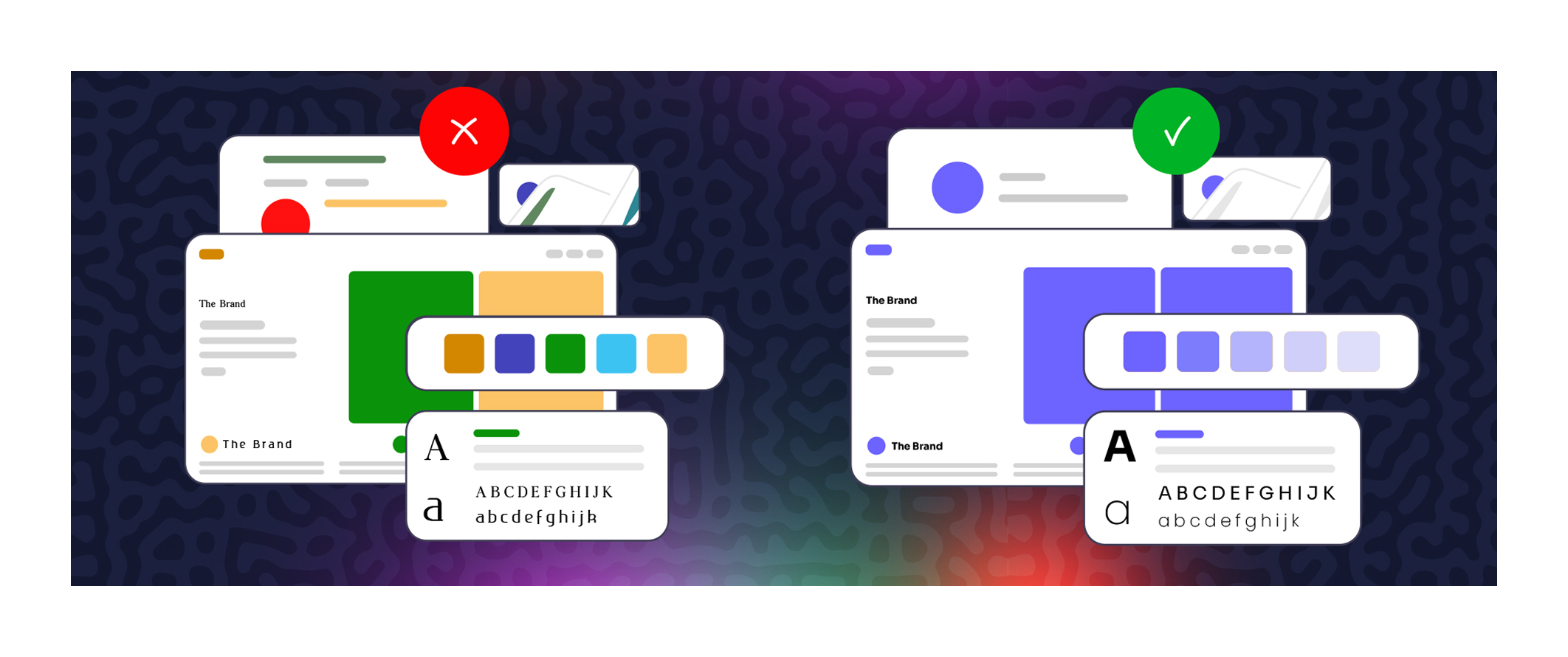
Here are common signals it’s time to pause and take stock:
→ Stagnant or declining engagement
Your audience isn’t responding like they used to. Clicks are down. Conversions are flat. Campaigns that once worked now land with a shrug.
→ Inconsistent messaging across channels
Your website says one thing, sales emails say another, and your social media voice is doing its own thing entirely.
→ Your team can’t agree on what the brand stands for
Ask five people to describe the brand, and get five totally different answers. This is a red flag, especially if they work on customer-facing teams.
→ Your visual identity feels outdated or fragmented
Maybe your logo was refreshed, but your presentations still use the old one. Or your product UI and marketing site look like different outsource designers made them.
→ You’ve outgrown your original positioning
You started as a tool for freelancers. Now, enterprise clients are knocking, but your messaging still talks like you’re in early-stage startup mode.
→ Customer experience gaps are showing up
Support tickets mention confusion. Onboarding feels clunky. Churn is rising, but it’s unclear why. Brand misalignment might be the root cause.
If any of this sounds familiar, you’re not alone, and you’re not too late. A brand audit won’t fix everything overnight, but it gives you the clarity and direction to start making changes that stick. And that’s exactly what we’ll talk about in the next sections.
Not every team has weeks to run a full-scale audit with slides, stakeholder interviews, and deep research. And not every brand needs that.
There are two ways to approach your audit:
Let’s break it down.
A quick check can be done in a couple of days and is perfect when you need speed over depth. It focuses on surface-level signals: check if your website, emails, and social channels look and sound like they came from the same company. Read through your main messaging — homepage headline, product one-liner, pitch deck — and ask if it’s still true, still clear, still relevant.
Then compare that to how your team actually talks about the brand. You’ll likely spot small gaps that feel bigger once you see them. Capture a handful of inconsistencies and make note of brand assets that feel off. It’s not comprehensive, but it’s enough to understand where the cracks are forming.
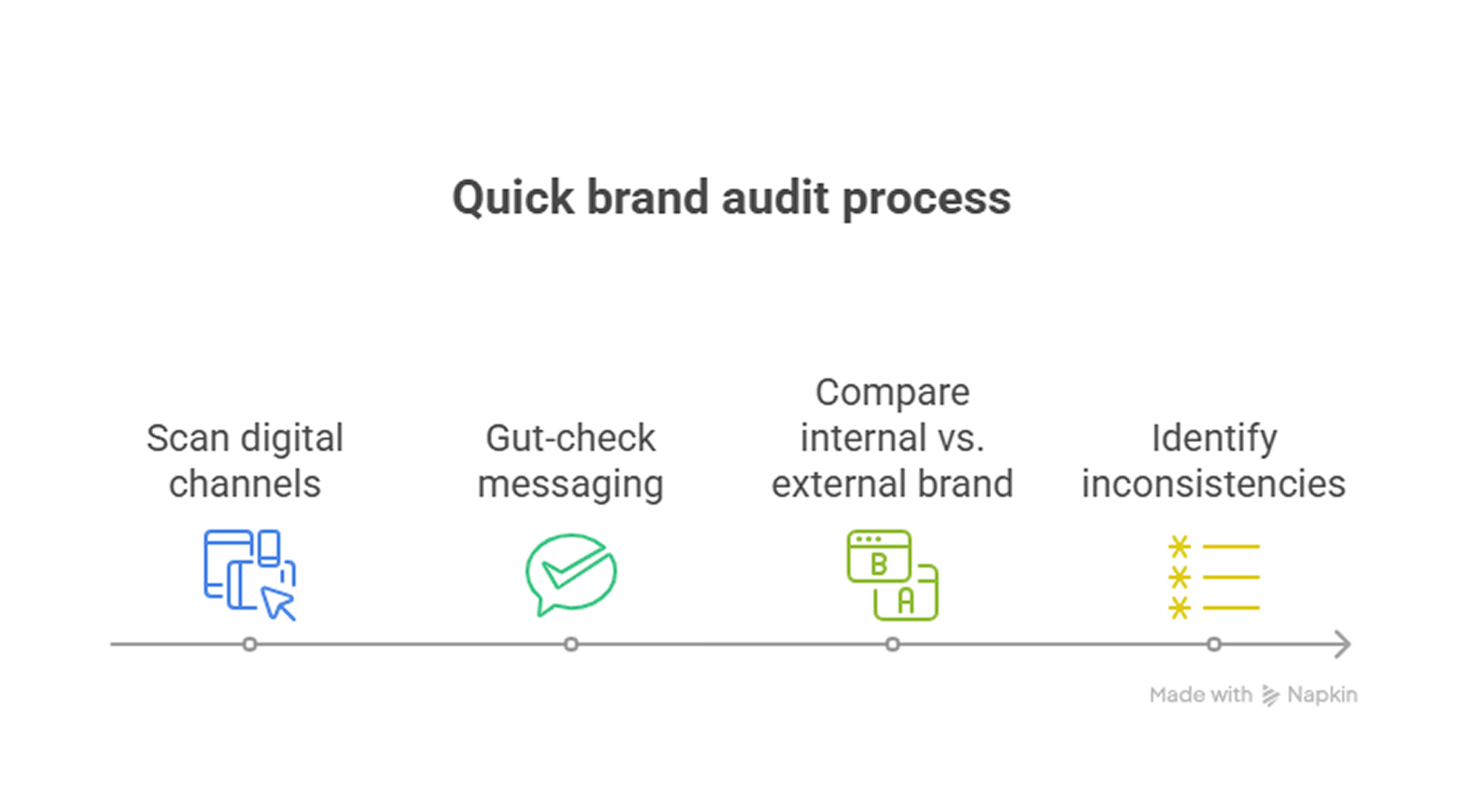
A full audit takes more time — typically a couple of weeks — but offers a complete view of your brand’s health. You’ll gather input from across departments, run internal surveys, and listen to your customers through interviews or feedback analysis. It’s also a chance to review your brand guidelines (if they exist) and evaluate how well they’re actually followed in the wild.
In this case, everything gets reviewed, including your product UI, sales decks, support tone, and ad campaigns. Of course, it’s a heavy lift, but essential if you’re heading into a rebrand, moving upmarket, or facing team growth that demands brand consistency at scale.
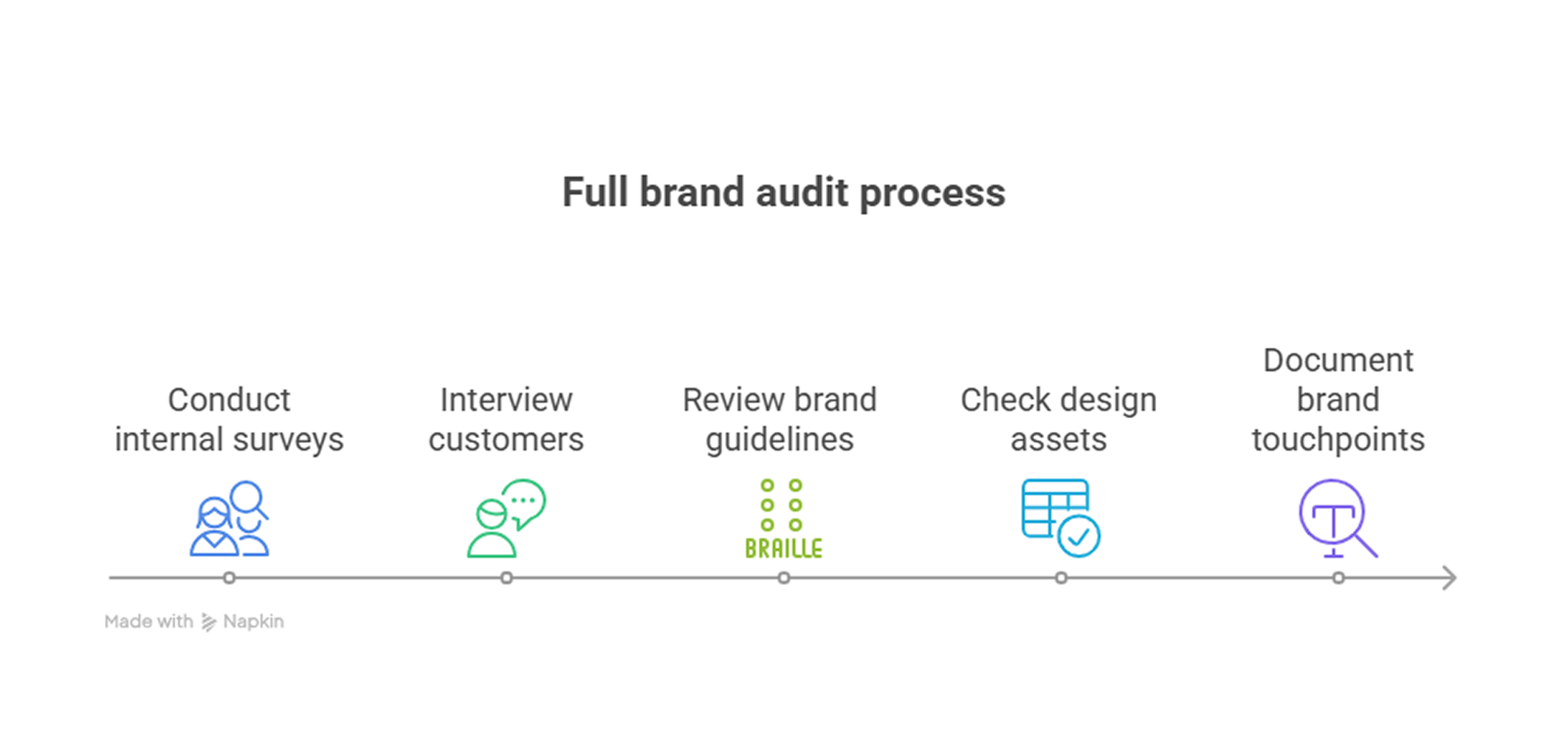
When you’re not sure which one you need, use this 3-question test:
If you answer “yes” to at least two, go deep. You’ll save more time (and pain) later by doing it right now.
Every brand drifts over time. Teams evolve, messaging shifts, assets pile up — and suddenly the brand that once felt sharp starts to feel scattered. A brand audit is how you bring it back into focus.
What follows is a practical brand audit framework we use with clients to uncover brand misalignments and reconnect teams around a shared narrative. Each step builds on the one before, helping you spot gaps and overlaps across your brand.
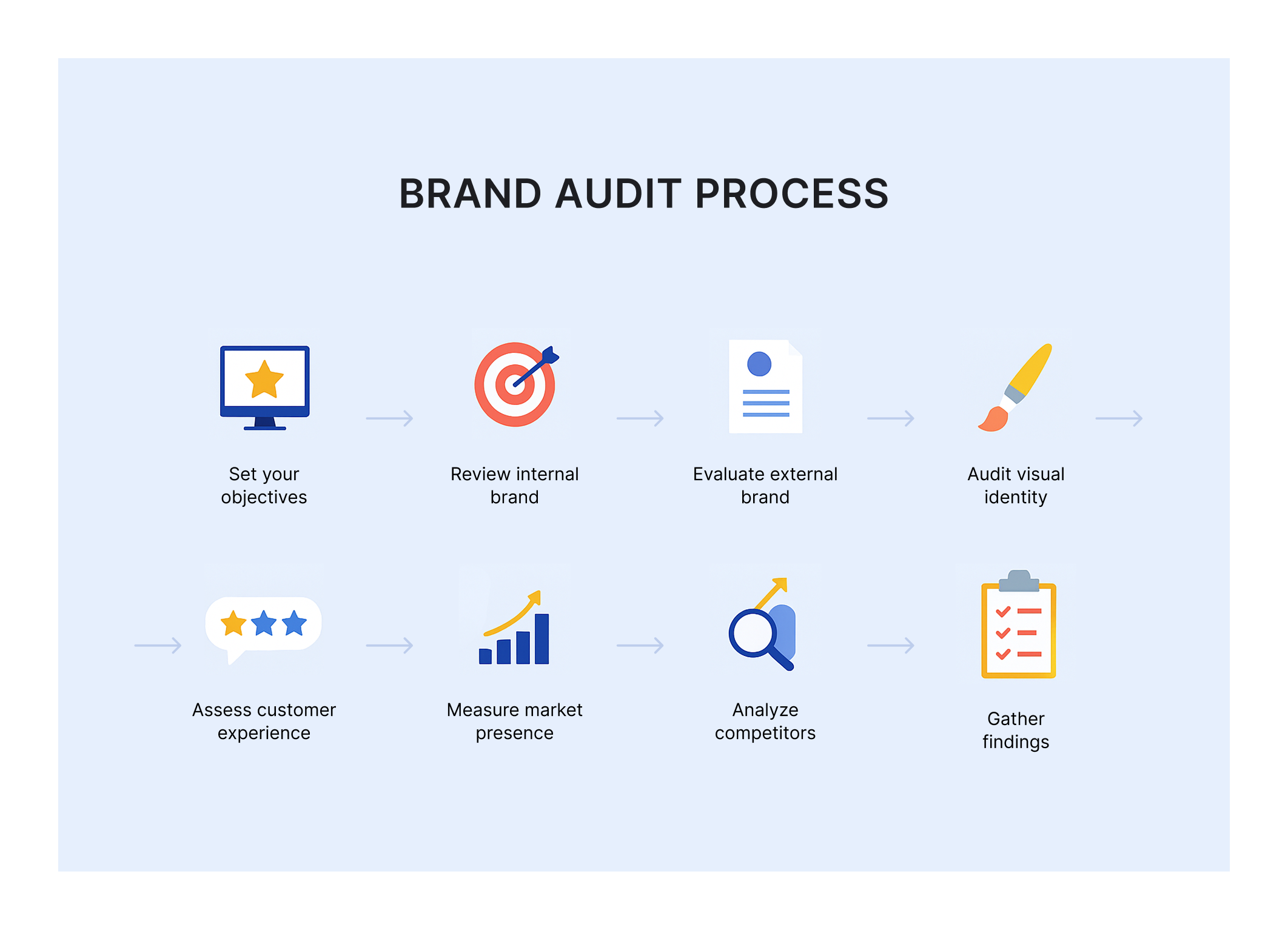
Before diving into logos, landing pages, or tone of voice, you need to define what you’re auditing for. The best brand audits start with a clear objective, something tied to a specific moment or challenge your company is facing.
Here are a few real examples of strong audit goals:
Once the objective is clear, you’ll know what to pay attention to and what you can safely skip. It also helps you decide who needs to be involved. Even a small audit benefits from multiple perspectives, and avoiding this step often leads to internal pushback later.
Depending on your team size, you might involve:
If you’re working solo or in a small team, don’t overcomplicate it. One short call or a few async Slack replies from key people can be enough to surface blind spots.
We already touched on this topic a bit, but let’s take a closer look at it. One of the easiest ways to spot a brand problem is to ask your own team to define the brand and listen to what comes back.
Internal confusion is one of the most common issues we’ve seen in brand audit examples. When different teams describe the company in different ways, the disconnects multiply across campaigns, content, support conversations, and even hiring. Before you fix what customers see, you need to understand how your own people perceive the brand.
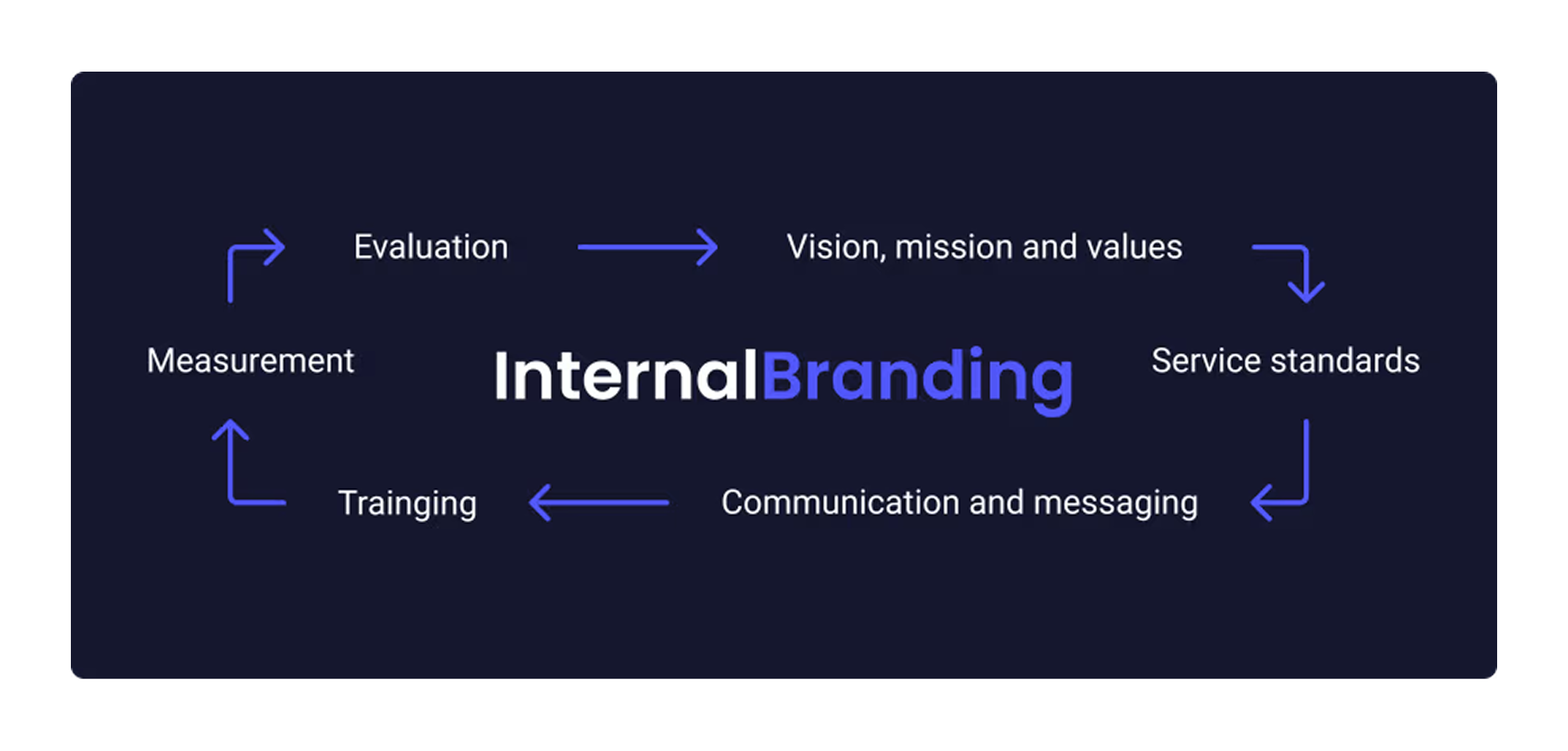
You don’t need a formal alignment workshop to get started. A brief internal survey or a shared document with a few simple prompts can reveal a lot. Here are questions worth asking:
→ How would you describe our brand in 2–3 words?
→ What do you think makes our brand different from competitors?
→ If we disappeared tomorrow, what would customers miss?
→ What part of the brand do you personally feel least connected to?
→ Where do you see confusion or inconsistency in how we show up?
Keep it anonymous if possible, people are more honest that way.
Once you gather responses, analyze them for patterns. Are certain values or phrases repeating? Are there conflicting descriptions between teams? Are people using aspirational language, or just repeating what’s in the last brand deck?
At this stage, don’t worry about right or wrong answers. Ideally, most people should say the same types of things, even if they’re using different words. If they’re not, that’s a signal: your brand needs internal clarification before you can expect consistency externally.
This insight becomes your baseline. Later in the brand audit process, when you’re realigning your messaging or visuals, you’ll know whether your updates are actually closing the internal gaps or just putting a fresh coat of paint on a still-fragmented identity.
Now that you’ve explored how to conduct a brand audit internally, it’s time to see how it actually shows up in the real world.
Start by collecting all your public-facing assets. This includes your:
What you need to do in this stage is prioritize your most customer-facing or frequently used materials. The goal is to audit for consistency, clarity, and relevance.
For this, we recommend experiencing the assets as your audience would. Open your website on mobile and desktop. Read the email welcome flow. Click through social bios. Sign up for the product or newsletter. You’re looking for inconsistencies, friction, and disconnects between the brand you think you’re presenting and the one your audience actually experiences.
If you work in a larger team, split up the audit and assign sections to each member. Then regroup and compare notes (it’s often surprising what others spot that you’ve become blind to).
You’ll likely find outdated visuals, inconsistent CTAs, duplicated efforts, or legacy content that no longer reflects who you are. Don’t panic, because this is exactly what the digital brand audit is for. You’re not here to fix it all today, just to document where the work needs to start.
Visual inconsistency is one of the fastest ways to erode trust and one of the easiest to miss when you’re close to the brand. Even companies with solid brand guidelines may end up with mismatched colors, outdated logos, or graphic design elements that just don’t belong. This step is where you catch that drift.
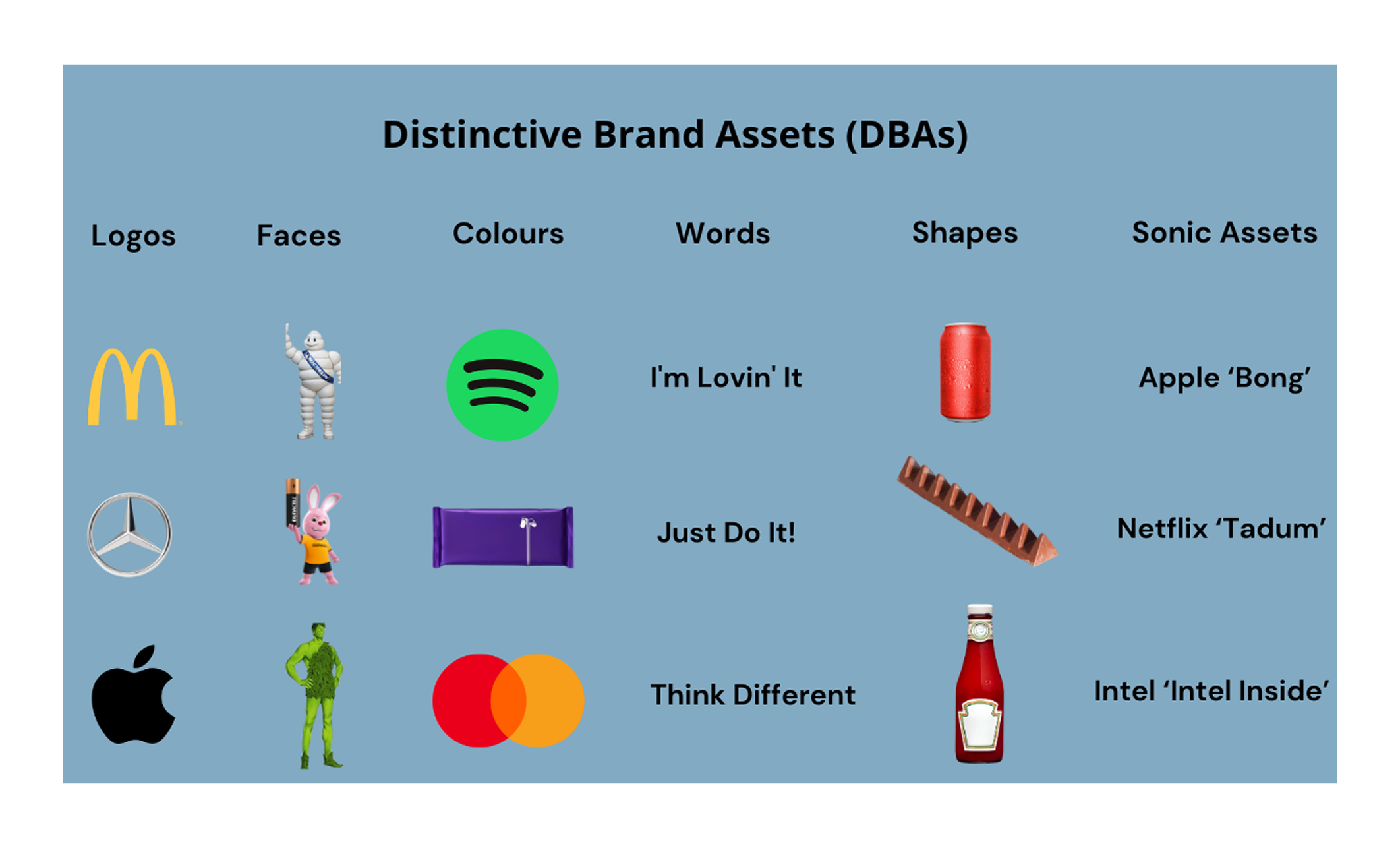
Start by gathering the core elements of your visual system:
Once done, go beyond the brand manual. The point of this audit is to see how the brand actually gets used in real life. Check across marketing materials, product UI, internal docs, event booths, investor decks, and even hiring pages.
Here’s what to look for:
→ Are different logo versions being used inconsistently (wrong size, spacing, colors)?
→ Is the color palette being respected or stretched to fit random campaigns?
→ Are typefaces mixed across platforms or misused (e.g., poor hierarchy)?
→ Do visuals feel cohesive, or do they look like they came from different brands?
→ Are your templates being followed or reinvented by each team?
You can even visualize this by creating a slide or moodboard that shows examples of on-brand vs. off-brand executions. Trust us — patterns will emerge quickly.
Customer experience (CX) is one of the most telling layers of a brand audit framework. It reveals how your brand feels in action: how customers interpret messaging, how they’re treated post-purchase, and whether their expectations match the reality of your product or service.
When jumping on this step, start with two lenses:
To go one level deeper, try simulating the customer journey yourself. Sign up for your own service, purchase a product, submit a support request, and pay close attention to how the experience actually feels.
You can also use tools like NotebookLM to quickly synthesize large volumes of unstructured feedback (support logs, reviews, transcripts) and spot themes faster.
Your brand tends to live in the minds of your audience, your competitors’ customers, and even people who’ve only seen one ad. That’s why market presence matters. It tells you how well your brand is known, remembered, and talked about beyond your own channels.
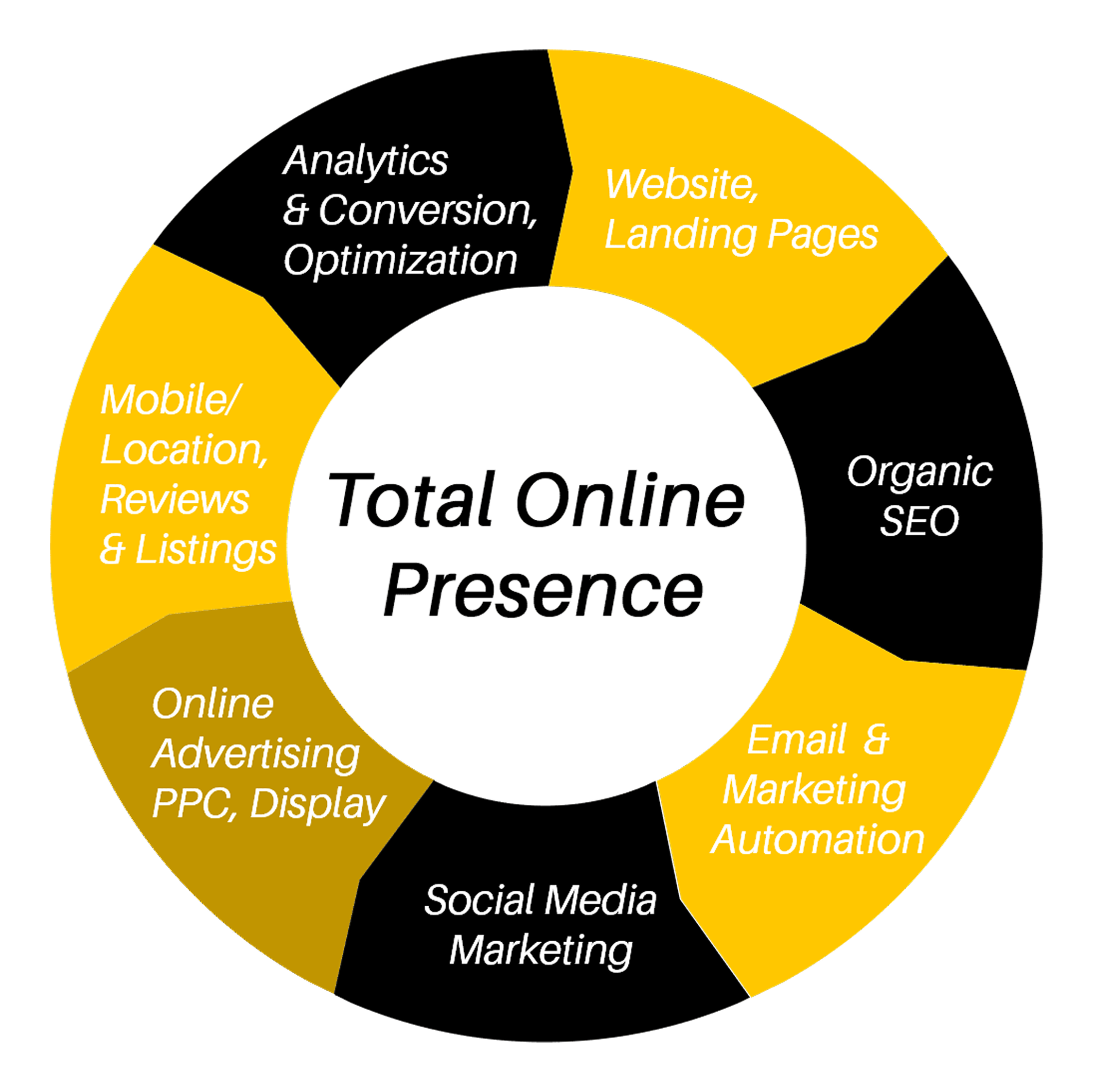
Start by checking where and how your brand appears externally:
If you have access to share-of-voice or search trend topics, use them, but don’t get stuck chasing numbers. Even five customer reviews and a few social media followers’ posts can reveal more about perception than a dashboard ever will.
Your customers are constantly comparing you, even if they don’t realize it. In this regard, it’s critical to understand how your brand stacks up against competitors in features, pricing, and, most importantly, in perception.
This step doesn’t require you to run a full competitor analysis or copy what others are doing. You need to understand how different you actually are in the market and whether that difference is intentional, valuable, and clear.
Start by choosing 3–5 direct or adjacent competitors. Review:
As you go, ask:
Now it’s time to reflect that back on your own brand. Are you truly differentiated, or just saying similar things in a slightly different shade of blue?
To make this exercise easier, try building a simple SWOT comparison (strengths, weaknesses, opportunities, threats) or a two-axis positioning map. In this case, even sketching this on paper helps you visualize the whitespace you may be missing.
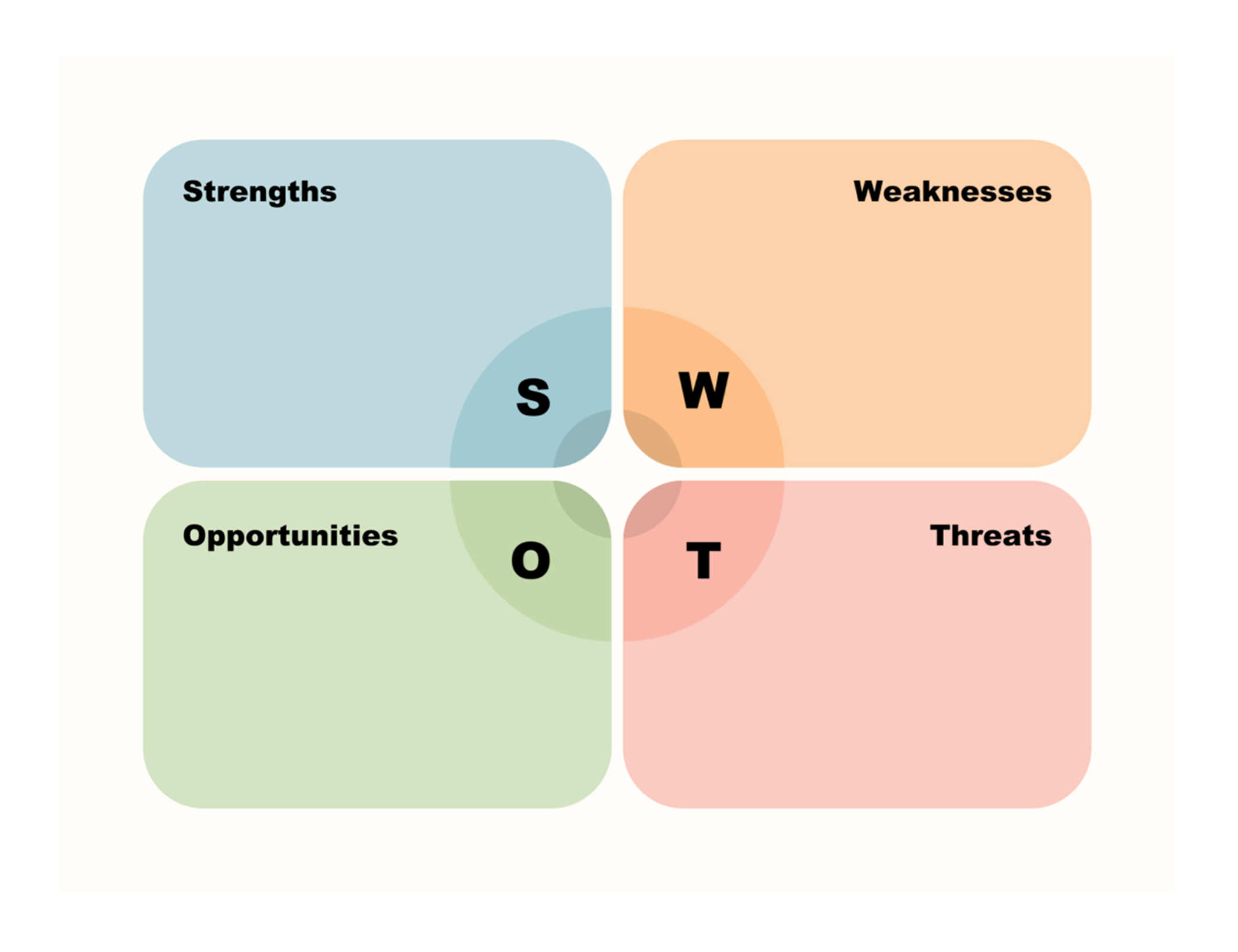
Supporting your analysis, compile data on concrete metrics. Compare factors such as market share, social media following and engagement, website traffic, or share of voice in press and online mentions. These quantitative indicators can show how visible and compelling each brand is in the market.
For instance, you might discover that a competitor owns a significantly larger share of online conversations about your product category, which means they’ve achieved stronger brand awareness.
If you’ve been following the brand audit process and capturing your observations along the way — whether in a slide deck, spreadsheet, or a well-organized Google Doc — congrats. You’ve already done most of the heavy lifting. But if you haven’t started organizing yet, now’s the time. Pull everything together into one place before the bigger picture starts slipping through the cracks.
When it’s all in front of you, your job is to make sense of it. Look for patterns, contradictions, and recurring pain points. Maybe your team is aligned internally, but your public messaging says something else entirely. Maybe your marketing emails feel polished, but support interactions don’t match the tone.
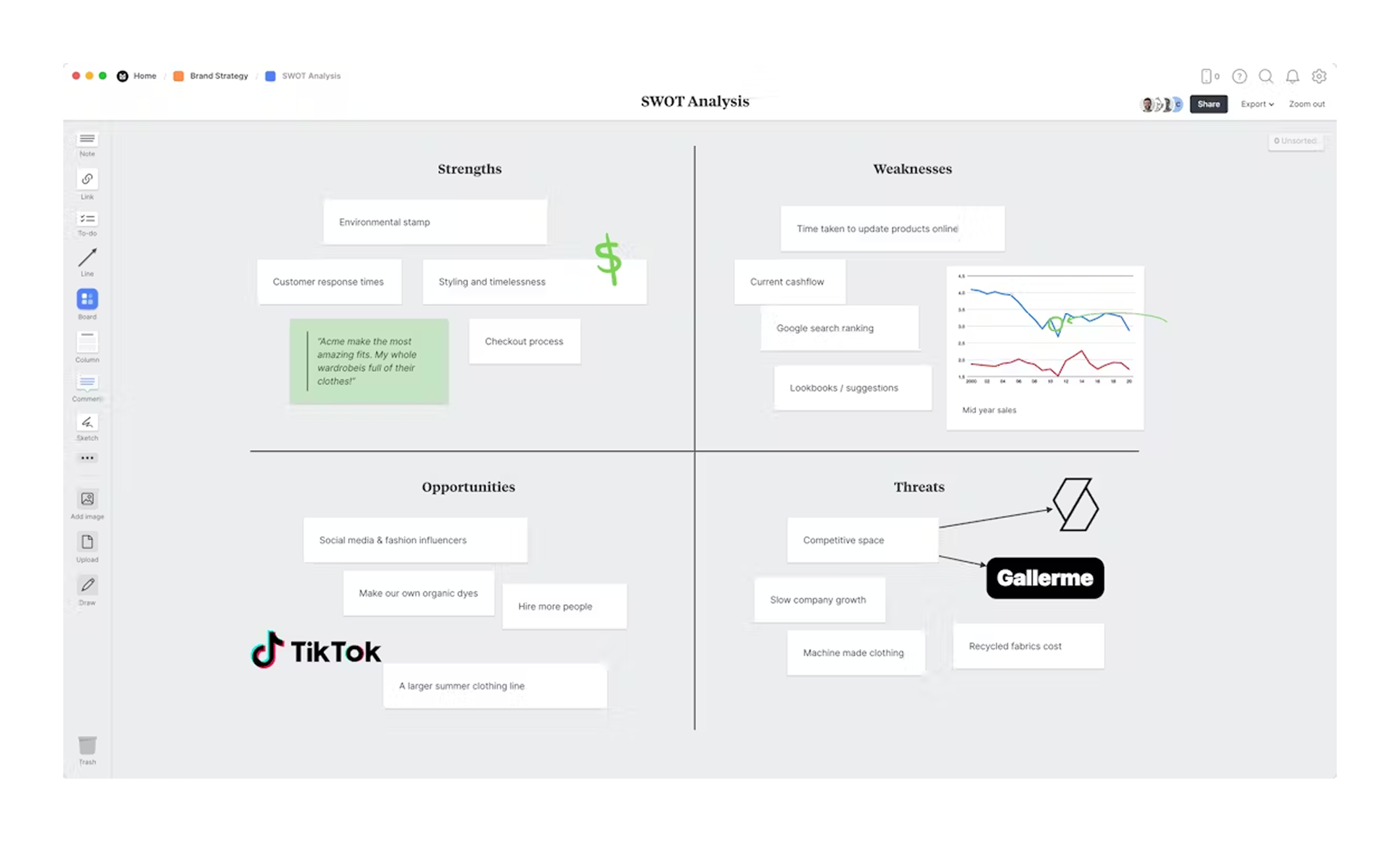
One thing we haven’t talked about yet is how to prioritize what to do with all these insights. Here’s a simple, practical approach: flag everything with one of three labels — urgent, important, or worth noting.
Urgent issues are those hurting the brand right now (like outdated messaging on your homepage). Important ones might not be visible to users yet, but they create friction inside your team or product. The rest — brand quirks, low-impact inconsistencies — are worth tracking, but not worth panicking over.
When you walk away from this step, you should have a shortlist of high-impact insights that will shape your next moves. After all, even principles from classic scientific advertising remind us that clear messaging built on real insight always wins.
You’ve wrapped up the branding audit. You’ve spotted the gaps, mapped the inconsistencies, and maybe even felt a bit overwhelmed by everything that surfaced. But before you sit back and feel accomplished, pause.
The real work starts now.
Turning insights into impact takes more than good intentions. It takes structure. And while you won’t fix everything overnight, you can absolutely build a plan that creates momentum and starts delivering results within weeks.
Here’s what that can look like:
Weeks 1–2: Prioritize and align internally
Review your findings with stakeholders. Translate your most urgent issues into simple problem statements, like “Our homepage messaging doesn’t reflect our new product focus. Then define what success looks like. Is it rewriting that page? Rebuilding the design system? Archiving old assets? Be specific.
Weeks 3–6: Tackle quick wins and momentum builders
This is where you build confidence. Clean up outdated visuals, remove broken brand touchpoints, fix key pages with confusing CTAs, or align your welcome emails with your current tone of voice. These are the changes you can make without three rounds of approval, but they immediately improve brand consistency.
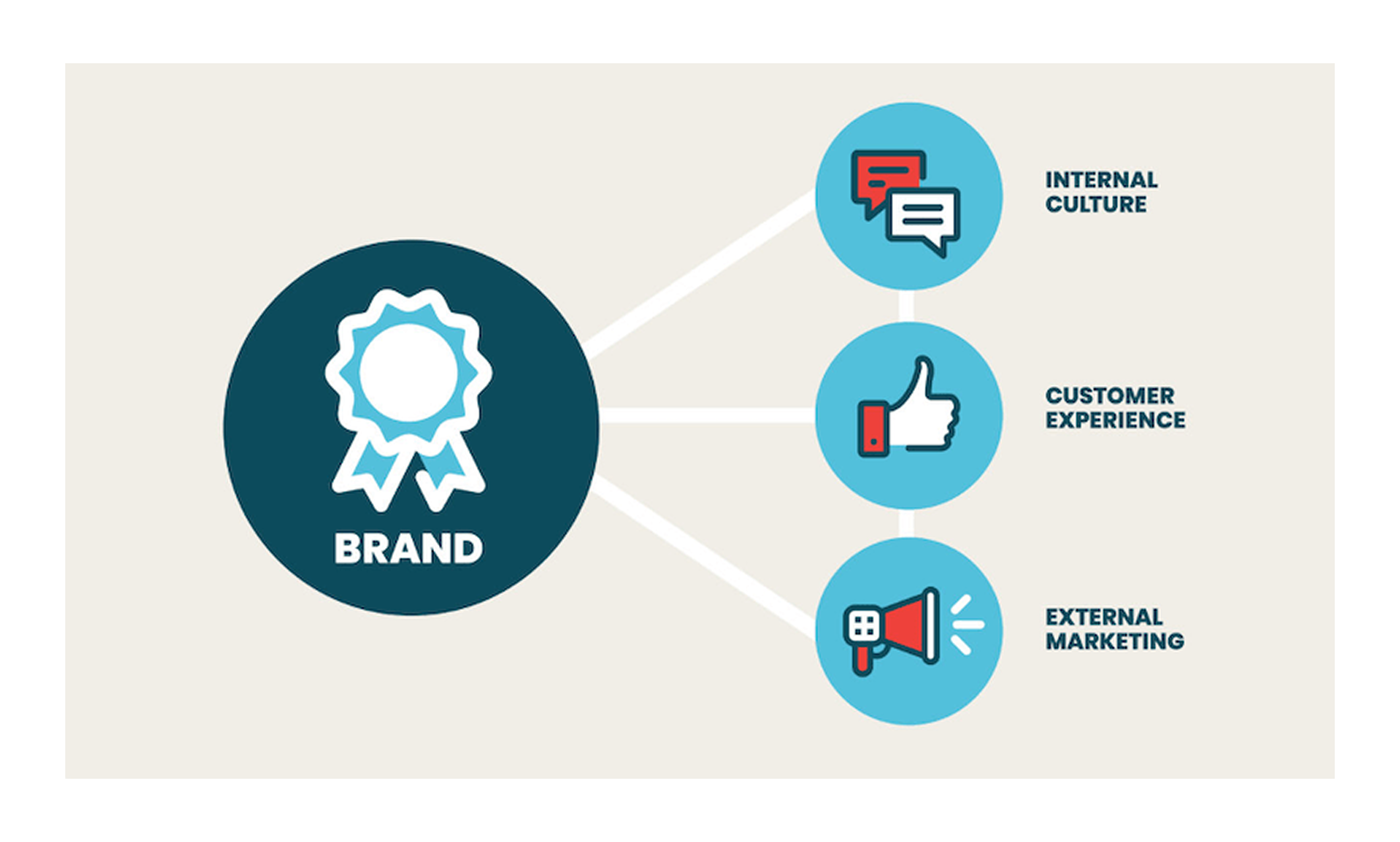
Weeks 7–12: Lay the groundwork for deeper shifts
By now, you’ll have momentum and a clearer sense of what’s next. Start working on heavier lifts like rethinking your value proposition, redesigning templates, creating updated brand guidelines, or exploring new positioning directions. If you’re planning a rebrand, this is also when you should begin scoping that out (team, timeline, budget, deliverables).
A few practical tips:
Don’t expect to fix your brand in 90 days, but you can absolutely realign the key elements that shape perception. Focus on consistency first, then creativity. And remember: a clean brand makes everything else you do more effective.
You don’t need fancy software to run a digital brand audit, a Google Doc, and a critical eye can get you far. But if you want to speed things up, centralize your findings, or run more complex evaluations, the right business tools can make a difference. Let’s break it down by type.
Platforms like Sprinklr, Artwork Flow, Clappia, Ziflow, and ImageKit let you upload your brand guidelines and scan images, PDFs, and design assets to flag anything off-brand, like incorrect logos, outdated fonts, or inconsistent colors.
Some tools offer automated checks and reports that highlight deviations across different file types. If your brand operates across multiple teams or languages, these assets can help you stay consistent. Many offer free trials, so take advantage and test which interface actually fits your workflow.
If you’re conducting a brand message audit, AI tools like NotebookLM can be surprisingly useful. One Redditor shared how they uploaded their brand guide as one source and marketing assets as another, then prompted NotebookLM to review alignment between them.
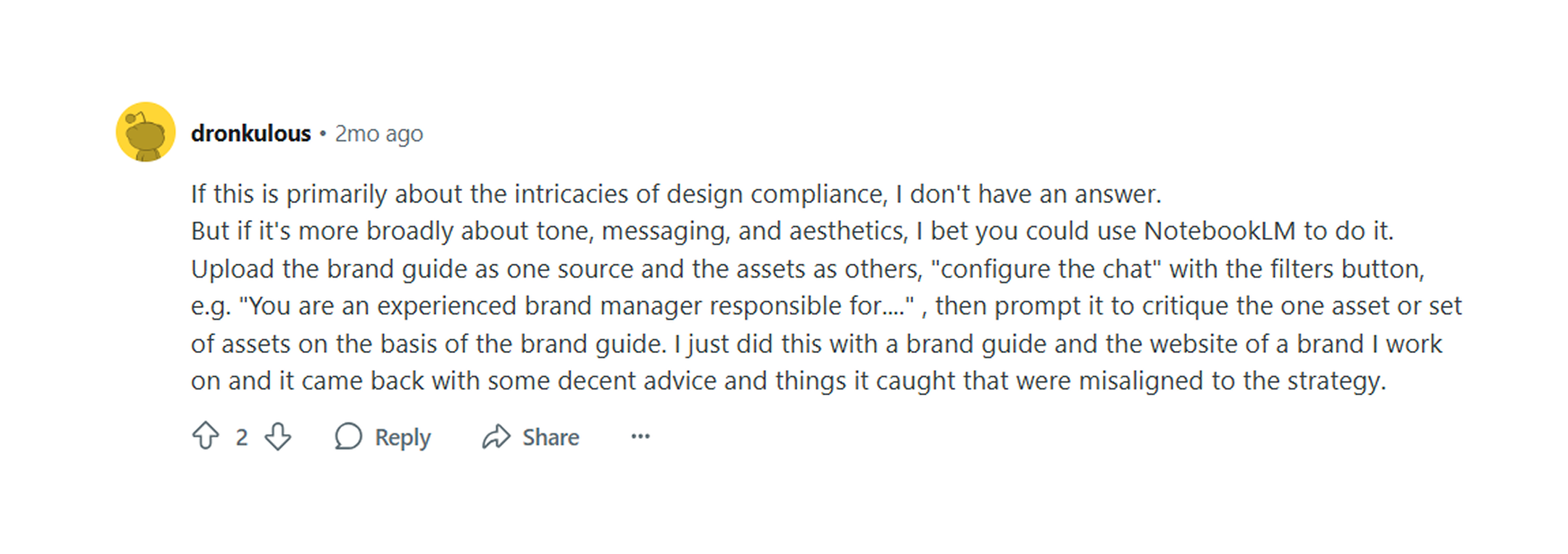
With a simple configuration like “You’re a senior brand manager evaluating content for consistency,” you can get a solid first-pass critique of voice, language, and narrative fit. It’s not perfect, but it catches misalignments you might otherwise miss, especially helpful if you’re running the audit solo.
For gathering input from your team or stakeholders, tools like Google Forms, Typeform, or Tally are quick to set up and make it easier to synthesize themes from written responses. If you want something a bit more collaborative, FigJam, Miro, or Notion work great for real-time workshops or asynchronous input.
To simplify things a bit, you can rely on our brand audit checklist, which covers all the core areas: visuals, messaging, experience, and consistency across touchpoints. You can also use a list of questions we explored earlier and conduct an internal survey to gauge alignment across teams, or rely on a simple positioning map to visualize where your brand sits next to competitors.
Once your findings are in place, think about the way to present them. A short Loom video, annotated screenshots, or a five-point summary shared in a team meeting can be effective. The key is to tailor the format to your audience. Executives need clarity. Designers need visuals. Marketing needs examples.
If you’ve made it this far, you’ve likely uncovered a lot — conflicting messages, scattered visuals, or a brand that just doesn’t quite match where your product is. Maybe you already know what needs to change. Maybe you’re still sorting through the mess. Either way, here’s the thing: you don’t have to do it all alone.
For early-stage founders or lean marketing teams, knowing how to do a brand audit can be daunting, as there are many areas that need attention. And once the gaps are visible, someone has to fix them. That’s where we at TodayMade can give you a hand.
We help companies take all the insights and turn them into design systems that are actually used, messaging that matches the product, and customer journeys that feel cohesive from the first click. Sometimes, all it takes is a few weeks of collaboration.
So if your branding audit gave you more questions than answers — or you know what needs fixing but don’t have the time or people to get it done — let’s talk. Because identifying the problem is great. But building the solution is what moves the needle.


